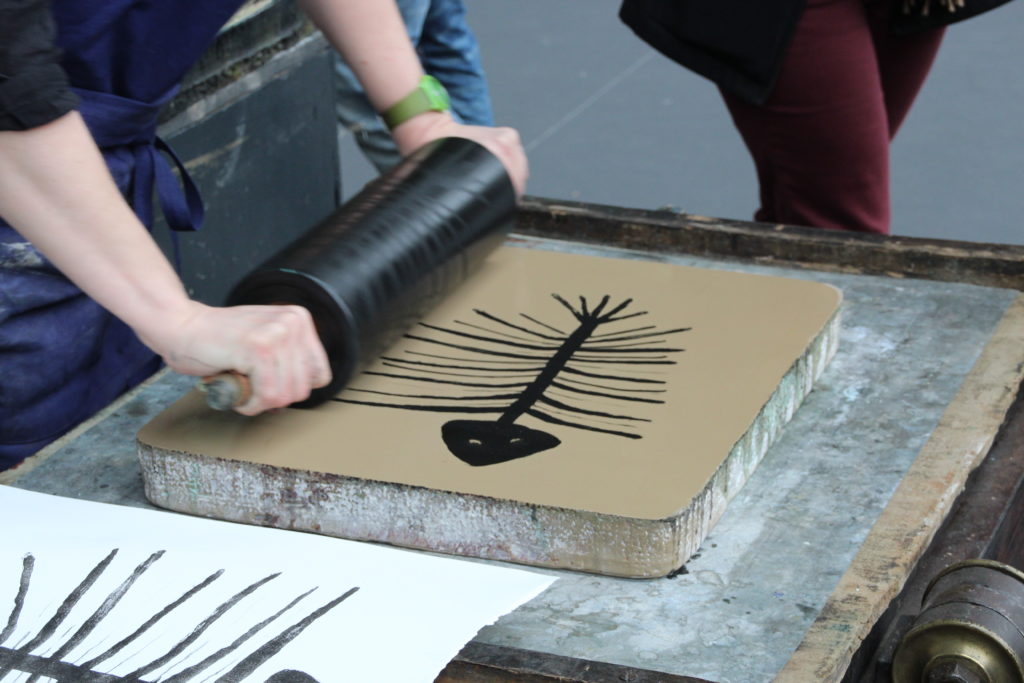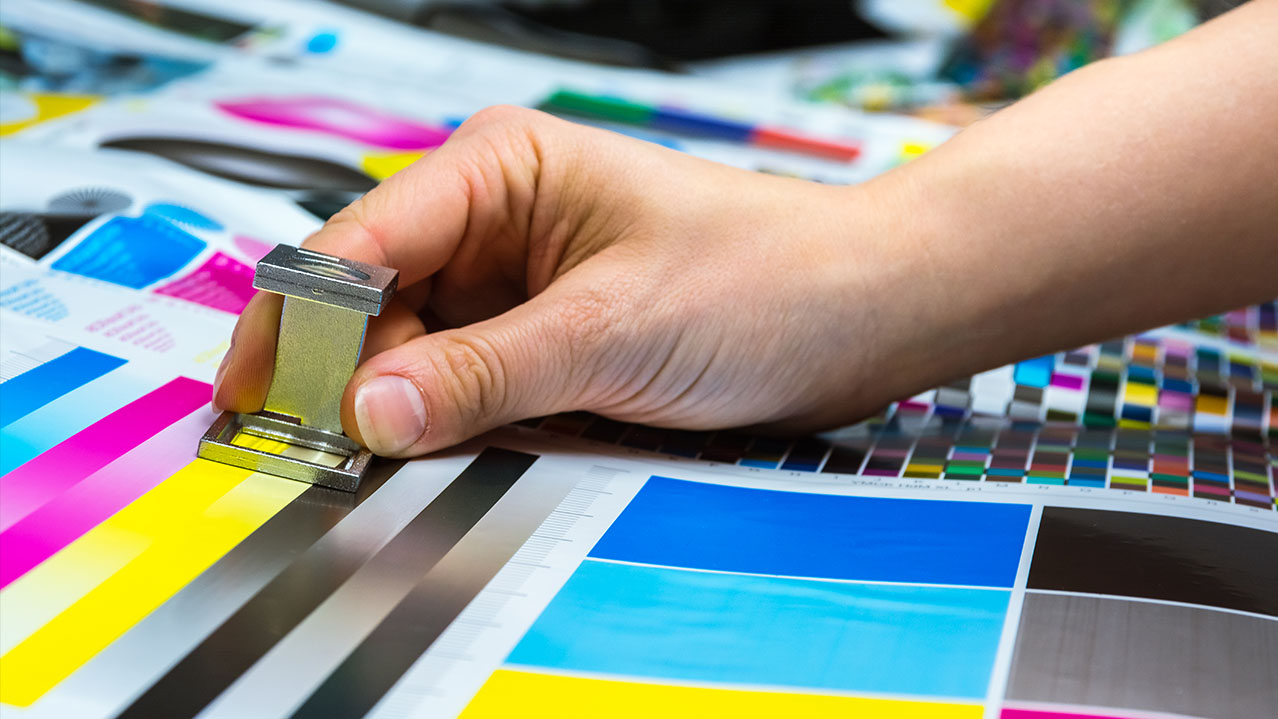litho printing for Magazines, Flyers, and Brochures
litho printing for Magazines, Flyers, and Brochures
Blog Article
A Comprehensive Overview to Comprehending Litho Printing Techniques
The world of litho printing, a strategy stemming from the late 18th century, is a fascinating mix of history, art, advancement and scientific research. This extensive overview will unravel the intricacies of this printing technique, from the make-up of litho inks to the difficulties dealt with in contemporary applications. As we venture into the intricacies of lithography, the value of automation and sustainability in guaranteeing its future importance becomes increasingly clear. Stick with us as we trip right into the exciting realm of litho printing.
The Historic Advancement of Litho Printing
The historic trajectory of litho printing, a pivotal technology in the realm of communication, is a fascinating story of human ingenuity. Birthed in the late 18th century by Alois Senefelder, this technique was initially a cost-effective method of publishing theatrical works. Lithography, obtained from the Greek words for 'rock' and 'to create', used a smooth stone surface area to move photos onto paper. The process advanced with the introduction of the rotating press, which significantly raised efficiency (litho printing). In the 20th century, the advancement of offset lithography changed the sector, permitting for automation of top quality prints. Each stage of litho printing's development showcases humankind's relentless search of performance and top quality in aesthetic interaction.
Deciphering the Scientific Research Behind Litho Printing Inks
Progressing in the exploration of litho printing methods, the emphasis currently moves to the scientific research behind litho printing inks. The structure of these inks, their drying procedure, and shade mixing techniques create the backbone of this complicated art form. Recognizing these elements is essential to understanding the craft and accomplishing the wanted print results.
Make-up of Litho Inks
In lithographic printing, the fundamental function of litho inks can not be overemphasized. The structure of litho inks varies depending on its objective, however generally, they include two main parts - cars and pigments. Pigments, the color-providing aspects, are finely ground particles suspended in the lorry, a liquid that carries the pigment onto the printing surface. The automobile is an intricate combination of oils, materials, and solvents, which affect the ink's drying out time, attachment, and gloss. Furthermore, numerous ingredients exist to improve specific residential or commercial properties like flow, drying, and resistance to ecological effects. Each part plays a crucial part in the last print's quality, making the precise formulation of litho inks a detailed scientific research.
Ink Drying Refine
From the structure of litho inks, interest transforms to the interesting process of ink drying out. Two key techniques are used in litho printing: oxidative drying and absorption. Absorption, on the other hand, involves the ink permeating into the paper fibers, which is a quicker process yet can lead to much less lively shades.
Shade Combining Techniques
While the drying out process plays a key duty in litho printing, the scientific research of color mixing methods holds equal significance. This is a complex procedure that includes the careful mixing of primaries: cyan, magenta, and yellow, in differing percentages to attain a large selection of tones. The enhancement of black ink, referred to as 'key', aids in regulating the strength and deepness of the colors. The scientific research behind litho printing inks also thinks about the transparency of the ink, which influences how colors overlay and mix. To accomplish browse this site a reliable color mix, print specialists must likewise recognize the details of ink behavior, shade theory, and the physical properties Visit This Link of the substrate on which the ink is used.
The Art and Layout Elements in Litho Printing
Litho printing takes a breath life right into art and style via its unique elements. The process involves producing a photo on a lithographic sedimentary rock plate or steel plate with a smooth surface area. The image is after that printed onto a tool, generally paper, by transferring the ink from the plate. What sets litho publishing apart is its capability to duplicate intricate designs with high integrity, making the result practically the same to the initial artwork. This is achieved with making use of various line methods such as cross-hatching, hatching, and stippling, which allow for a variety of tonal results. In addition, litho printing accommodates a variety of colors, enabling musicians to create vivid and vibrant prints. This mix of precision and flexibility makes litho printing a recommended selection for many musicians and developers.
Modern Applications of Litho Printing Methods
Litho printing techniques have actually found considerable usage in the contemporary commercial market. Its impact and value remain to grow with the development of new innovations and modern technologies in the area. This area will certainly check out these modern applications and the transformative function they play in the printing market.
Industrial Litho Printing Utilizes
In today's electronic age, one may question concerning the significance of traditional printing techniques. Litho printing continues to be a vital component of the industrial market. High-volume printing tasks, such as the production of books, papers, and product packaging, count on litho printing for its capacity to provide premium picture top quality and cost effectiveness. The process, which involves transferring an inked picture from a plate onto a rubber covering and after that to the printing surface, offers unmatched uniformity. This makes it ideal for tasks needing a huge print run. Litho printing likewise supplies a broad shade spectrum, above that of digital printing. This makes it the best selection for projects that demand dynamic, premium shade recreation.
Technologies in Litho Printing
Pushing the limits of typical techniques, contemporary improvements have actually fueled a host of developments in litho printing. One popular advancement is digital litho printing, which integrates the virtues of electronic technology with litho's high-grade outcome. These innovations over here highlight the long-lasting importance of litho printing in the contemporary world.
Exploring the Process of Litho Printing: Action by Step

Challenges and Solutions in Contemporary Litho Printing

Despite the precision and practice that litho printing proudly maintains, it is not without its set of modern challenges. The most prevalent concerns consist of the high preliminary configuration expense, problem in printing variable data, and environmental issues as a result of chemical usage. Options are arising as innovation evolves. Digital litho printing enables economical brief runs and easy customization, attending to the issue of variable data. Environmentally-friendly inks and much safer plate-making procedures mitigate environmental worries. Additionally, improvements in automation have lowered labor costs, additionally democratizing the lithography procedure. Hence, while there are obstacles, the litho printing market is proactively adjusting to fulfill them head-on, ensuring its significance in the future.
Final thought
Finally, litho printing, with its abundant history and scientific complexities, holds a considerable place in the print industry. As the overview discloses, it's a synthesis of art and modern technology, with modern-day improvements ensuring its significance. Nevertheless, the industry faces obstacles that call for ingenious services, with a concentrate on automation and sustainability. The future of litho printing depends upon its capability to adapt to these transforming needs, affirming its long-lasting value in an evolving market.

Report this page